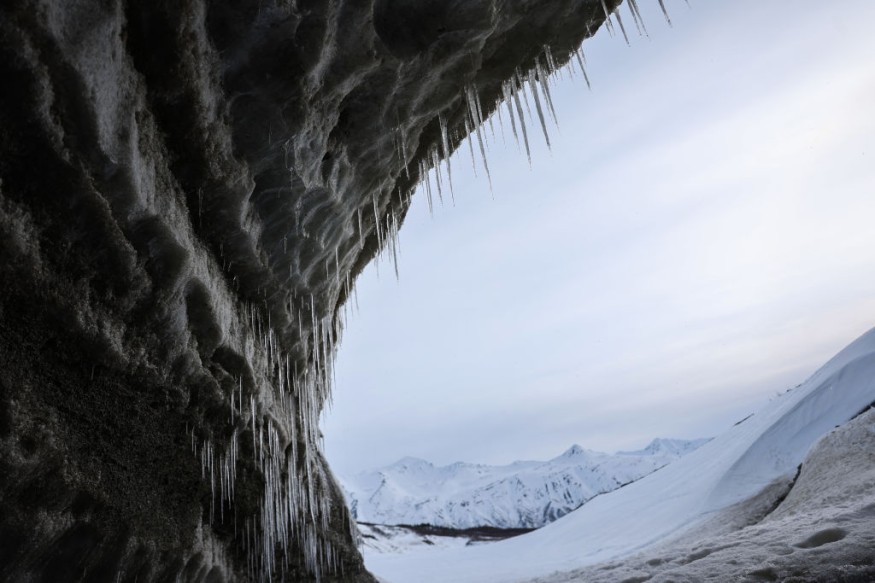Recent research showed the fossils thrived in the coldest conditions in the environment 73 million years ago.
The fossil is from the Gypsonictopidae, a family of mammals.
Researchers have been on a quest to discover the unknown species on Alaska's coast that lived million years ago, especially during the extreme temperatures.
Recently, experts from Florida State University and the University of Alaska discovered fossils near the coast of Northern Alaska.
While the researchers were discovering in Northern Alaska, they found unique tiny fossils of mammals that they believed lived in extreme cold 73 million years ago.
The study was published in the Journal of Systematic Paleontology.
Ice Mouse Fossils living in the coldest conditions

Alaska has been known for extreme temperatures, which selected species could likely adapt or survive.
According to the University of Colorado Boulder's press release, the study named the fossils Sikuomys mikros.
To clarify, the researchers said that the fossils are not from a mouse, but came from the Gypsonictopidae family of now-extinct mammals.
The researchers traveled to the area of Prince Creek Formation, which is far and remote.
They carefully gathered the fossils at the site and identified the fossils of the tiny teeth, which is like the size of grain sand.
The study's lead researcher, Jaelyn Eberle of CU Boulder, explained that the discovery showed the perfect little tooth from the now-extinct mammal.
Meanwhile, the study's co-author, Gregory Erickson, explained that the study is essential to understand the Lost World of Arctic animals.
It can help them understand how the little mammals managed to live under extreme cold.
Erickson is from the Florida State University.
Little Mouse Likely did not hibernate
The report noted that the species could likely did not hibernate. According to Eberle, they could possibly stay active during their time, consuming likely insects and worms.
Based on the press release, Patrick Druckenmiller explained that the newly discovered fossils would give a new window into ancient Alaska. Druckenmiller is also the director of the University of Alaska Museum of the North and the study's co-author.
Also Read : Social Distancing in Animals: Harbor Seals Maintain Space Between Aquatic Species to Prevent Diseases
Ancient worms revived after 46,000 years in Siberian Permafrost
Scientists recently revived ancient worms after being frozen in Siberian Permafrost for 46,000 years. The recent study was published in PLOS Genetics journal.
The discovery of the worms can assist experts to unravel their existence and behavior million years ago.
According to the report, the worms were revived after scientists fed them with food and water. The said worms are believed to have live during the Pleistocene period.
Furthermore, the report highlighted that the worms likely survive in extreme environments, including freezing. The cryptobiotic state is also called as temporary death because the said species can later on live or survive.
Under the cryptobiotic states, species prevent their reproduction and metabolic existence function.
Other species that can go into a state of cryptobiosis are shrimp and tardigrade species.
For more similar stories, don't forget to follow Nature News.
© 2025 NatureWorldNews.com All rights reserved. Do not reproduce without permission.





